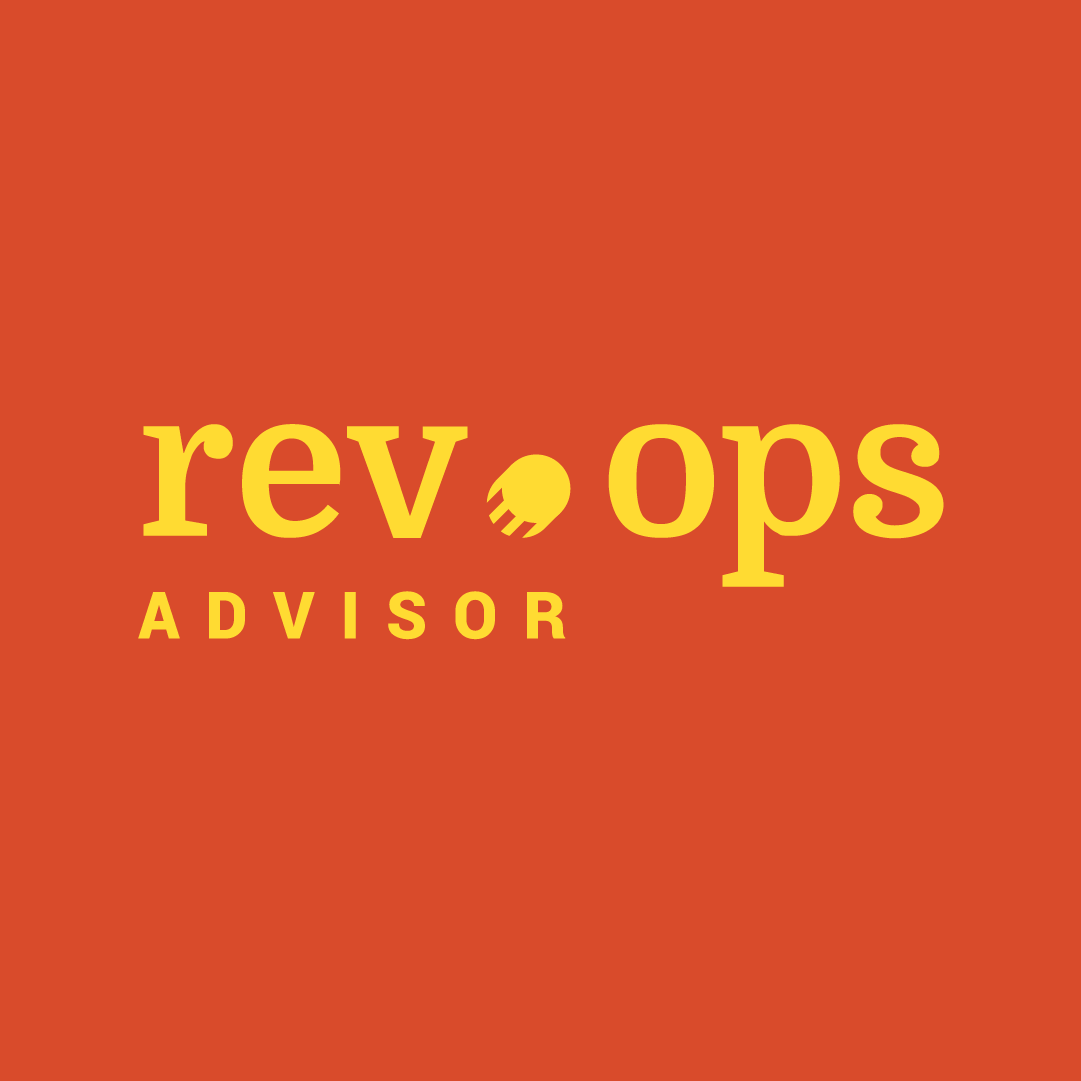So you've got a handle on your analytics, and you're pretty sure you're collecting the right information to predict where your business is headed. But what is business intelligence? If you don't know, then you've got a blind spot that's costing you money, and it could be even more serious. Business intelligence combines smart data analytics with real-time big data to give you a picture of what's going on in your organization, rather than what you expect should be going on. Getting a handle on the concept is like growing an extra set of eyes to see what's really up with your business.
This article is about business intelligence, how it works and why you should care about it. It aims to teach you some simple ways you can change your internal feedback to get better (and actually useful) data visualization and bump up your decision-making process. By the end of it, you should have some actionable insights you can make when you get back to the office that will change the way you see your business analytics.
What Is Business Intelligence?
Let's start with what business intelligence is, and how it's different from the business analytics you're already using. For starters, these aren't 100% different ideas, since both business intelligence and business analytics are ways for you to get a clear picture of what your company is up to and how things are going for sales, retention, inventory, etc.
Both use big data and advanced data mining techniques to cull important tidbits of information into a big picture for you. Both typically present data in a way that makes sense on some kind of interactive dashboard, and both business analytics and business intelligence are structured to create a clear picture out of the random chaos of a big business with operations going on all over the place.
The difference is the time factor. Business analytics is a technique for running accurate projections that should hold up in the future, while good business intelligence is about seeing what's going on now, in the immediate present. While a good analysis from three months ago told you what to expect from sales this quarter, good business intelligence tells you whether you're hitting those targets, or where you may have gone astray.
This lets you catch small problems while they're still small, rather than stand around scratching your head at the end of the fiscal year wondering why you made half of what you were projecting you'd make. It's a big enough deal that the Department of the Interior actually helps small businesses set up their own BI tools.
To get a clearer idea of how this fits into your business, think about how a lot of companies right now are desperate to hire and retain good people. Your business analytics from HR projected that spending $100,000 on recruiting will net you 110% of the workers you need this year, and maybe 9% or so will naturally not work out for whatever reason, leaving you 101% staffed. So you invest the money and place some ads and conduct several rounds of interviews and hiring. Then, at the end of the year, it turns out you're understaffed and have to turn work down because the surviving workforce is already pulling double shifts. What happened?
It turns out your office was too cold and a bunch of people quit because they didn't like it. Yes it sounds stupid, but sometimes it really is that dumb. You didn't find out about that until April 15, however, since all winter long you were going off of the analytics model instead of tracking attrition in real time and doing thorough exit interviews to find out why your office staff, but not your field technicians, were putting in their notice.
Exit interviews are a very simple form of business intelligence gathering. If you did them, and you had good tools for shunting that information up to management, you could have adjusted the thermostat in September and saved $50,000 on next year's recruiting. In this example, business intelligence tells you what's going on right now, as it unfolds, and why reality is deviating from the projections.
Types of BI Tools
That's just one very simple example of real-time feedback turning into actionable changes that can save you a fortune. Business intelligence in the modern era has gone way past the entry-level ask-and-answer of exit interviews. And of course the other side of the coin is good reporting. All the business intelligence in the world doesn't do you any good if its findings don't reach someone who can act on them.
The business intelligence tools you use for gathering and presenting data will vary with the type of business you're in, what kind of metrics you're interested in, and, frankly, your personal comfort level with technology. It's all well and good to invest in the latest cool big data dashboard that promises second-by-second tracking of your inventory as it moves through warehouses on three continents, but unless you can read the output, you might as well be guessing. Here are some of the more popular ways for people to get their business intelligence, both gathering it and reading it in a way that makes sense.
Spreadsheets
When I say spreadsheets, your first thought is going to be Microsoft Excel and Google Sheets, and that's not wrong. Ordinary spreadsheets are amazing tools for displaying huge amounts of data, infinitely scalable, in a simple graphic format. Need to track 50 things at once? Add columns. Getting inputs from 15 sources? Add rows. Want to flip between sales commission data, personnel tracking, overhead costs, and the price you're paying for copper wire? Add a few tabs and work in a single document.
Need to know what the average return is on the copper wires you're buying, indexed by any of the 37 product lines you sell that use them? It's a snap. just put in the price of wire in Column A, the amount used per product in Column B, add rows for each product, and tell the magic man in the computer to output an average in Column C for each row. Then export that to your logistics guy so he can explain what you're looking at.
The earliest spreadsheets were big paper books you had to scribble in with a quill pen or whatever. Later on, they were programs you kept on your computer and physically copied to floppy disks (ah, good times). These days, everything is in the cloud, and you're sharing your spreadsheets with the relevant people at your company in real time. Just pop in, punch in the numbers or look at the current data from this morning's roundup, and you're officially on top of the numbers you need.
Reporting Software
Reporting software is half a notch up from cloud spreadsheets for tracking business intelligence. Like spreadsheets, these programs are a convenient and intuitive way to track the numbers you care about, but on a system that's built around your needs, rather than an adapted spreadsheet. Some of these things are data-eating monsters. One of them, datapine, lets everybody at your company plug in data from any division or station, collate everything into categories, and display the whole thing however you want.
You can even pop over to SQL mode and run custom queries of your own, or just let the whiz-bang user interface do it for you. They'll make you download the app eventually, or else you can't customize the interface, but otherwise it's like having Spock as your science officer reading off the relevant data and speeding up your decision-making.
Data Visualization Software
Okay, so it goes up from here. Data visualization software is kind of like reporting software, except that it doesn't have the highest opinion of you as an intelligent human being. Good visualization programs are basically reporting systems and apps that have an amazing design crew who've really invested in the output and user interface to make business intelligence as easy to understand as possible.
Say you have a huge pile of data from suppliers, vendors, customer feedback, government regulators, and your financial services team. According to their predictive analytics, it should be fine for you to take out a loan to buy copper before prices go up, then pay down that interest with the money people are paying for your musical coffee makers. But when you display everything in a tool like Tableau, you can see sales on Amazon have been slow, rising interest rates have saddled you with a tough repayment schedule, and sales reports stiffer than usual add resistance to closing the deal, which hints at a declining customer base.
With all this information shown on the front page of your dashboard, you tell finance to forget about the loans, tell logistics to find cheaper copper wire, tell sales to come up with new targets, and tell R&D to re-evaluate, maybe improving the coffee makers with a digital clock in the base. You've made a series of business decisions, all based on a picture of your business you wouldn't have had without relevant, relational visualization of important data from multiple locations. Some of the best tools for this are:
- Google Charts
- Tableau
- Grafana
- Chartist
- FusionCharts
- Datawrapper
- Infogram
- ChartBlocks
Online Analytical Processing (OLAP)
This is pretty cool, you're saying to yourself, but how on earth do I know what data to look at in the first place? Isn't it a matter of garbage-in/garbage-out? Who tells you which data matters for decision making, and what is irrelevant?
That's where online analytical processing comes in. Think of OLAP as a smart human researcher who doesn't sleep and who knows just where to look for relevant information. No matter what kind of organization you run, you're probably storing information from multiple sources, such as direct feedback, web traffic, internal systems, sales data, etc. A good OLAP tool scours these sources and feeds them into your data visualization or reporting software, with a big data approach to real-time analysis and tracking that's like having an expert in every field calling you every day to tell you what's going on.
Data Mining
Data mining tools complement your OLAP by scraping the raw data you need in the first place. Think of data mining apps as the cops on the beat. When your OLAP system (the Lieutenant) tells his detectives to go out and do some interviews, it's the data mining programs that put on their trench coats, grab notepads, and start asking the questions.
Does your OLAP need to collate data from sales, market research, and inventory? It's your data mining software that directly pulls from those databases to get actual sales figures, customer questionnaire answers, and warehouse information about product churn. Before you can make smart, data-driven decisions, you need the data itself. Data mining is one of the BI tools that works quietly in the background to give your other business intelligence systems the raw information they need to do their thing.
Benefits of Business Intelligence
You get a lot out of good business intelligence solutions. While we've gone over the components of machine learning and various BI platforms, you might still not be sold on why you should do it at all. And I won't deny there are challenges to implementing BI. But the pros far outweigh the cons, in my opinion.
So why is business intelligence so important, and why is it needed if you already have predictive analytics and a good head on your shoulders?
Here are four reasons:
A Holistic View
First, good business intelligence gives you a holistic view of how things are going. you're the boss, remember? You need to see the big picture. In the past, that meant you were either falling short by pulling out and losing sight of the details, or you were zooming in and missing the forest for the trees. Self-service BI tools show you the trees in context, so you're almost intuitively aware of how things are going.
Increased Organizational Efficiency
The different bits of your organization need to talk to each other to get anything done. Random encounters in the hallway are not good enough for information sharing in a modern company, and even structured meetings only have limited value. The artificial intelligence inherent in BI applications uses machine learning to pull together relevant data and get it to the people who need it. The efficiency gains speak for themselves.
Data-Driven Business Decisions
Intuition has its place in business, and you're probably good at it, but without data you're guessing. Data-driven decisions start with data, and the whole point of business intelligence software is to give you that data in a form you can digest. Knowing what you're doing from one day to the next is a competitive advantage over rival companies.
Improved Customer Experience
BI solutions can be scary smart, and they show it by solving problems that haven't happened yet. A smart approach to sales, marketing, supply chains, delivery systems—you name it—work together to resolve potential customer complaints before they happen. Your BI system may have pointed to a problem with your web interface months ago, and when you resolved it early you prevented thousands of site visitors from having a problem and lodging complaints.
3 Steps To Business Intelligence
Step 1: Gathering Data
You can get data from multiple sources. Start by planning to feed your BI software with data culled from as many sources as you can get. Good business data can come from:
- Surveys, questionnaires, polls, etc.
- Sales figures
- Inventory tracking software
- Smart meters
- Performance metrics
- IBM POS scans and other field systems
- Basically anything else in the world you can think of
Step 2: Analyzing Data
Data scientists need data, and once they have it they need to make sense of what they're looking at. You don't need a team of data analysts to handle relatively simple stuff, like payroll in a spreadsheet, but for anything bigger than you could keep in a ledger, go with decent analysis tools like the ones listed above.
Step 3: Presenting Data
Output, output, output. If you're going to make sense of what you've got, you need to read it in a form that makes sense to begin with. Pick a good data visualization tool that works for modern business environments. Infographics are great for this, and so are the traditional charts and graphs. This is basically up to you, and good analytics tools will offer you a range of options for visualization.
Putting It All Together
So in summary, what is business intelligence? It's the set of data analysis tools you use to make sense of the modern business you run and to make smart decisions about where to go from here. Subscribing to the RevOpsTeam's newsletter is another smart decision, and it's one you should make right now to stay on top of the latest techniques, tools and trends that can give your brand the competitive advantage it needs to thrive.
Need expert help selecting the right Business Intelligence (BI) Software?
We’ve joined up with Crozdesk.com to give all our readers (yes, you!) access to Crozdesk’s software advisors. Just use the form below to share your needs, and they will contact you at no cost or commitment. You will then be matched and connected to a shortlist of vendors that best fit your company, and you can access exclusive software discounts!




